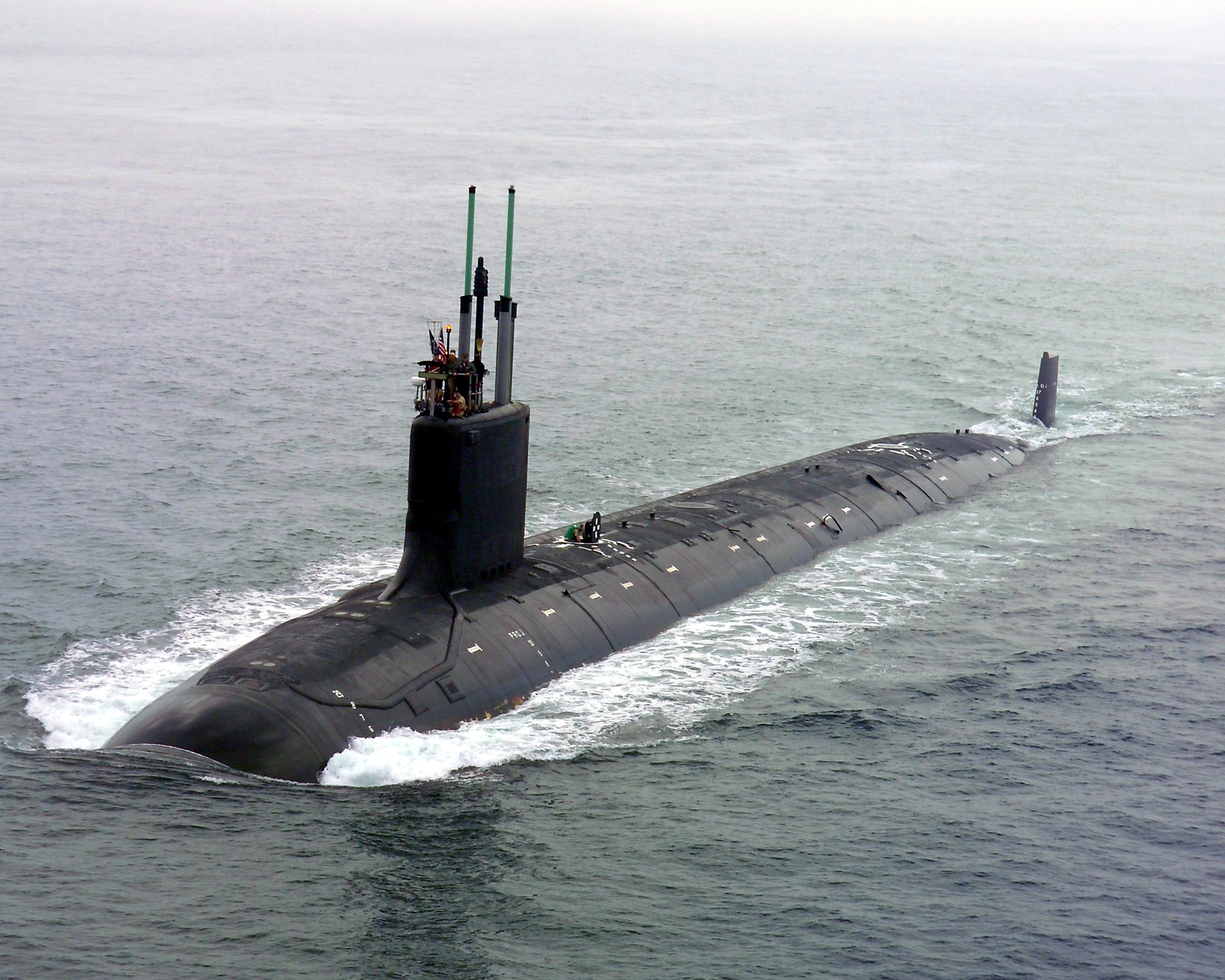Amid escalating tensions between NATO and Russia, nuclear submarines from the United Kingdom, the United States, and France are reportedly now stationed at Her Majesty’s Naval Base, Clyde (HMNB Clyde; also HMS Neptune) in Faslane, Scotland, near Glasgow.
The USS Indiana, a Virginia-class nuclear-powered attack submarine, was sighted sailing towards Her Majesty’s Naval Base (HMNB) Clyde on April 27.
That happened a day after a nuclear-powered attack submarine from the French Navy’s Rubis class was spotted in the area.
No official statement concerning the confluence of these submarines at Clyde appears to have been made by any of the three nations. The facility is home to many of the Royal Navy’s submarine forces, including its nuclear-powered Vanguard-class ballistic missile submarines and Astute class assault submarines.
and here's the American boat. https://t.co/oVQxqxGFG6
— George Allison (@geoallison) April 28, 2022
This comes as the Kremlin has threatened the United Kingdom over its backing of Ukraine. Following that, reports circulated that the United Kingdom had loaded missiles onboard the HMS Audacious, the Royal Navy’s nuclear submarine, which is berthed in Gibraltar alongside the USS Georgia, an American nuclear submarine that arrived there last week.
Meanwhile, the purpose of the USS Indiana’s visit to HMNB Clyde is to “strengthen cooperation between the United States and the United Kingdom,” as well as “demonstrate US capability, flexibility, and continuing commitment to NATO allies,” said US Navy.

Submarines of the Virginia class, as well as others from the United States, frequently dock in Clyde. It is one of only a few allied ports in Europe capable of handling visiting nuclear-powered submarines.
Submarines of the French Rubis class have visited the Royal Navy facility in the past, including one in October 2021, although it is a considerably more uncommon event. According to accounts, the French boat that visited the Royal Navy outpost in October had its towed sonar array removed for unknown reasons.
Focus On Underwater Warfare Capabilities
While it’s possible that the latest move could just be a coincidence. Though, given the region’s high tensions, this kind of activity could be interpreted as a form of signaling. In addition, the US and Russian submarines have generated a lot of news in recent times.
For instance, on April 28, the UK’s Ministry of Defense issued an update stating that roughly 20 Russian Navy warships, including submarines, are now operating in the Black Sea operational zone. The Ministry of Defense has also warned that the ships gathering in the Black Sea may represent a severe threat to Ukraine.
Previously, two submarines from the Russian Pacific Fleet successfully launched Kalibr cruise missiles at a naval target in the sea of Japan. The US has been particularly concerned about Moscow’s submarine capabilities.
Also, In March, UK-based The Times newspaper revealed that several Russian nuclear-powered ballistic missile submarines reportedly steered out into the North Atlantic after Russian President Vladimir Putin announced on February 27 that he had placed his country’s strategic forces on high alert.
“Tracked by western militaries four weeks ago, the decision to send the submarines closer to European shores was seen by British navy chiefs as ‘posturing’ and a warning, rather than an actual threat,” The Times reported.
“They returned towards Russia shortly afterward and normal levels of activity resumed. Since then western intelligence agencies have kept a closer eye on the Kremlin’s nuclear arsenal.”
Speaking about Russian submarine capabilities, US Navy Secretary Carlos Del Toro previously noted that the Russian military’s early lackluster performance in Ukraine should not make anyone question the threat that the country’s underwater forces still represent.
In recent years, the US and NATO navies have regularly been concerned about Russia’s increased submarine activities in the Atlantic. The US Navy activated a whole new command, US 2nd Fleet, in 2018 in response to the increasing threat environment.

In particular, in the face of intense geopolitical circumstances, the US is also mobilizing its submarine to protect its interests. Submarines from the United States have made frequent appearances in Europe in recent years, as well as at the Royal Navy’s submarine hub in Scotland and its Gibraltar base. It also sailed to Norway’s coast, where tensions with Russia were at an all-time high.
Furthermore, the US Navy previously stated on April 10 that the USS Annapolis, a fast-attack submarine, arrived at Naval Base Guam in late March. This was essential to offset China’s growing influence in the Indo-Pacific.
Nonetheless, the current move demonstrates NATO navies’ increased collaboration to strengthen underwater warfare capabilities and their capacity to operate from joint facilities when needed.
- Contact the author at ashishmichel@gmail.com
- Follow EurAsian Times on Google News




